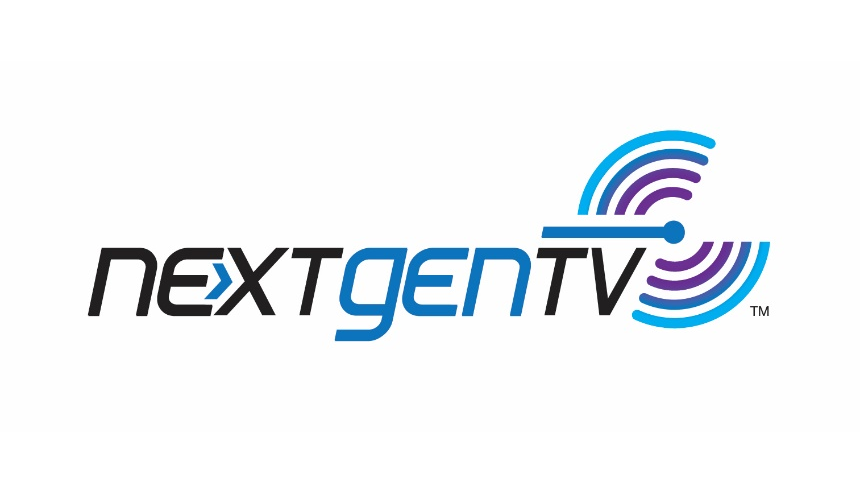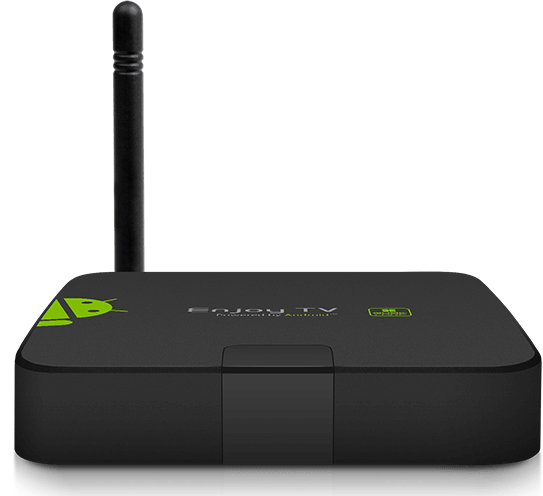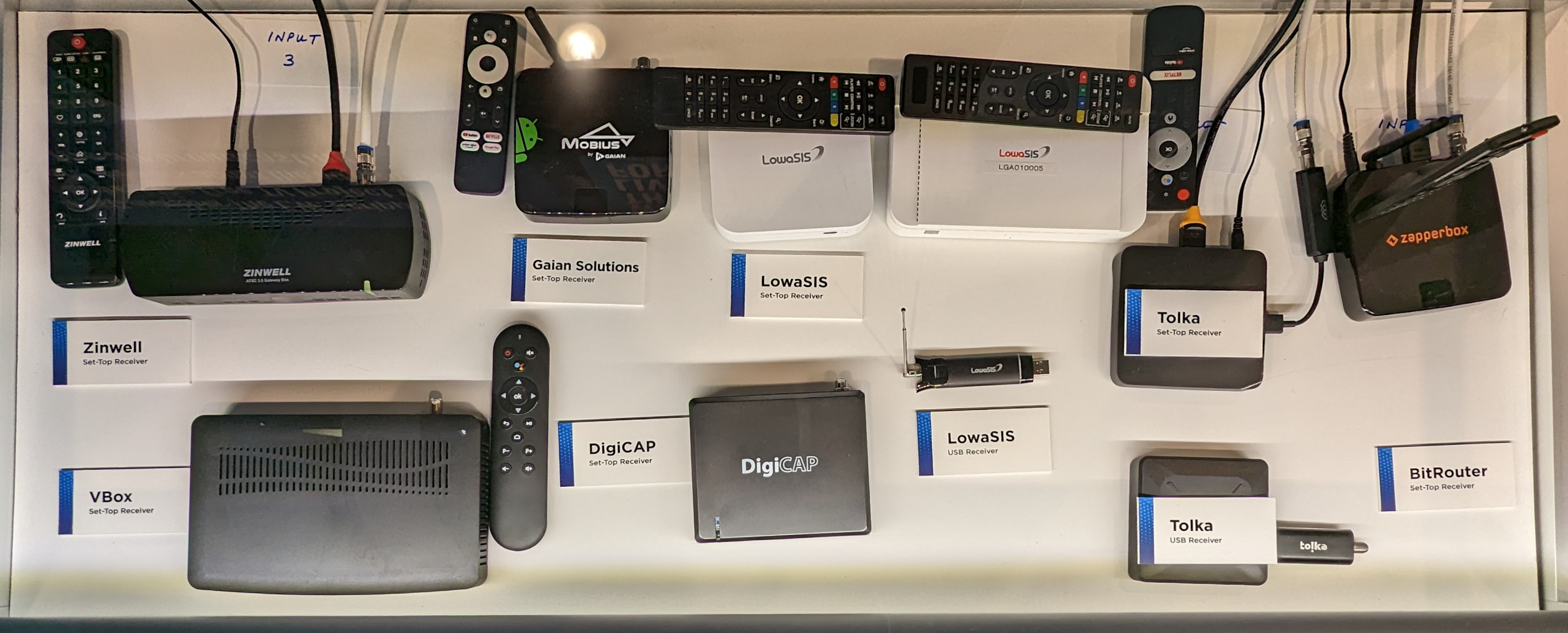New NextGen TV Products Highlighted at 2023 CES
CES exhibits featured new products on sale, in development, and under certification

LAS VEGAS—Consumer electronics manufacturers at the 2023 CES exhibited several new products that support the ATSC 3.0 broadcast standard, including televisions, set-top boxes and dongles. The products were shown at individual exhibits, private venues, and at the ATSC booth.
About a dozen products were shown at the ATSC booth that are either available, under development, or in certification. Companies involved included DigiCAP (Korea), Gaian Solutions (India, U.S.) “Mobius,” LowaSIS (Korea), Tolka (U.S.), VBox (Israel), ZapperBox (U.S.), and Zinwell (Taiwan). All of these are in the pipeline to be certified as “NextGen TV” products (more on that later).
A Variety of Options
These products, listed as “NextGen TV accessory receivers,” are intended to provide a backward-compatible solution for existing non-ATSC-3.0 televisions. The solutions vary, with some being fully-integrated set-top boxes, and others being smaller form-factor dongles. All of the units accept an RF input from a separate antenna, by means of an F-connector, and provide an audio/video output by means of either an HDMI jack (for a box) or a USB plug (for a dongle).
It could not be determined whether any of the devices could provide a WiFi connection to other nearby devices; such a connection is understood to be available on other devices not in the ATSC booth. The dongles would, of course, interface with a PC, which then requires an appropriate app for display of content.
Unofficially, the products were described as having expected street prices of “sub-$100” for dongles, and “sub-$200” for set-top boxes. The price difference comes from the increased functionality of some of the set-tops, which often include two tuners plus storage for time-shifting.
Also shown or described at the ATSC booth were similar products from CeWi Networks (U.S.), and Saankhya Labs (India). At its own exhibit, Hisense—which joined the ranks of 3.0 television manufacturers LG, Samsung and Sony supporting NextGen TV in 2022—announced new products carrying the NextGen TV logo.
Among the new products announced at the show was the “TennaTV,” a turnkey ATSC 3.0 and ATSC 1.0 tuner solution based on combined technology from China-based chipmaker Geniatech and Bitrouter, a Des Moines, Iowa-based software developer. The ATSC tuner is certified for Dolby MS12v2 and Dolby AC-4. It uses Geniatech's ATV698 MAX set-top box platform running Android 11 and BitRouter's ATSC 3.0/1.0 TennaTV system. The TennaTV system includes a full-featured app with back-end cloud support for software updates, device management and subscription management, according to the companies.
The professional video industry's #1 source for news, trends and product and tech information. Sign up below.

The ATV698 MAX platform with TennaTV is expected to be available with support for DVR and ATSC copy protection during the second quarter of 2023.
Certification Promises Feature Uniformity
By now, many readers will have seen the term “NextGen TV,” but may not know what that literally means. The NextGen TV logo is licensed by the Consumer Technology Association, and its use on a product is strictly controlled by the CTA, which owns that trademark.
In 2019, the ATSC asked CTA to implement an ATSC 3.0 nomenclature and logo development program. Through extensive collaboration with the consumer electronics and broadcasting industries, and after several rounds of consumer research, the CTA’s Video Division Board approved the NextGen TV name and logo for consumer technology products optimized for the new ATSC 3.0 standard; example products now include 4K Ultra HD TVs, gateway receivers and portable devices.
In order to carry out logo certification and conformance testing, a specification has been developed by CTA, which worked with numerous parties including ATSC through its “Conformance Implementation Team.” It should be noted that neither CTA nor ATSC are performing device or system testing, which is being carried out by one or more third-party laboratories. The test suite currently includes over 135 tests covering 150 unique requirements across audio, video, captions, interactivity, service changes and more, and is available from CTA to manufacturers interested in participating in the logo licensing program. It is expected that the test suite will be updated over time, as the standards and deployed implementations evolve.
Jamaican Interest
In late 2021, the government of Jamaica announced that they would convert their analog NTSC broadcasting infrastructure to ATSC 3.0—bypassing ATSC 1.0 entirely. One consequence of this decision is that the availability of low-cost ATSC devices is extremely important to the transition, since some proportion of Jamaican citizens will be strained to purchase a new integrated television that supports ATSC 3.0.
Such was the case in the United States during its analog-to-digital transition with ATSC 1.0, when Congress authorized (and NTIA executed a program to define and distribute) a Coupon-Eligible Converter Box that was subsidized by taxpayers in the form of a $40 discount coupon. With some boxes available at that time at that price, the coupon could essentially subsidize a free box.
Although it is not known whether the Jamaican government—or broadcasters—can or will subsidize a similar converter box, the target of low cost remains critical, and work is underway to define the minimum features required in such an initial product.
‘Chicken and Egg’
The transition to ATSC 3.0 shares many of the hurdles of the previous analog-to-digital transition, especially in the U.S., including the proverbial chicken-and-egg situation, vis-a-vis broadcasting deployment and consumer electronics product marketing.
Set-top boxes and dongles may fill a need that addresses the desirability or affordability of a new television receiver, but there is one key factor in the U.S. NextGen TV transition that makes it different from the one a decade and half ago: The FCC has not mandated an end date to ATSC 1.0 transmissions—and thus there is no coupon program—and that means there is no hard incentive for U.S. consumers to shell out for a new ATSC 3.0 set or adapter, other than the advanced features it would provide.
And despite December FCC figures touting signal availability in 68 markets reaching half of all U.S. homes, the only CE manufacturer currently putting ATSC 3.0 decoders in all of its sets remains Sony. (I did hear from a reliable source that at least one of the other majors is planning “a big splash” at NAB; too bad it wasn’t done at CES.)
Bundled into this conundrum is the relative lack of consumer awareness, which means a stronger message must come from both broadcasters and CE manufacturers, but the latter suffers from the problem of innovation without causing legacy product cannibalization. The situation was different in 2009, because the FCC had mandated two years earlier that all new TV receivers must include digital (i.e., ATSC) tuners.
With at least one major broadcaster in the New York City DMA having announced its plans to transition to ATSC 3.0, the tipping point may be imminent.
Aldo Cugnini is a consultant in the digital television broadcasting industry, is an ATSC observer member, and has various broadcasting and consumer electronics clients, including the Broadcasting Commission of Jamaica and The WNET Group. Aldo had a leadership role in the development of the ATSC digital television system, and is an active contributor to its activities.


